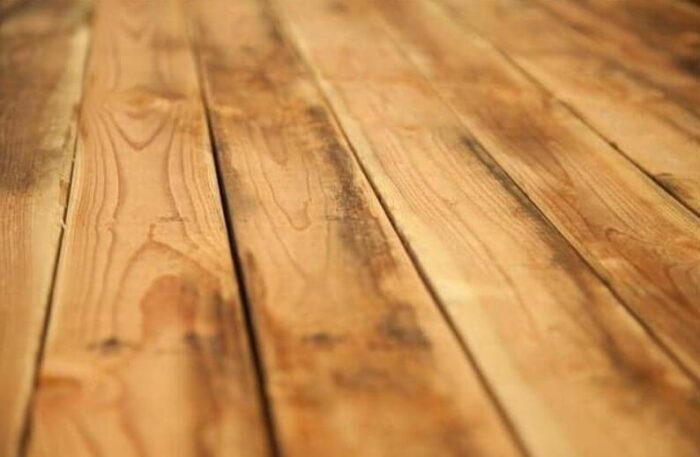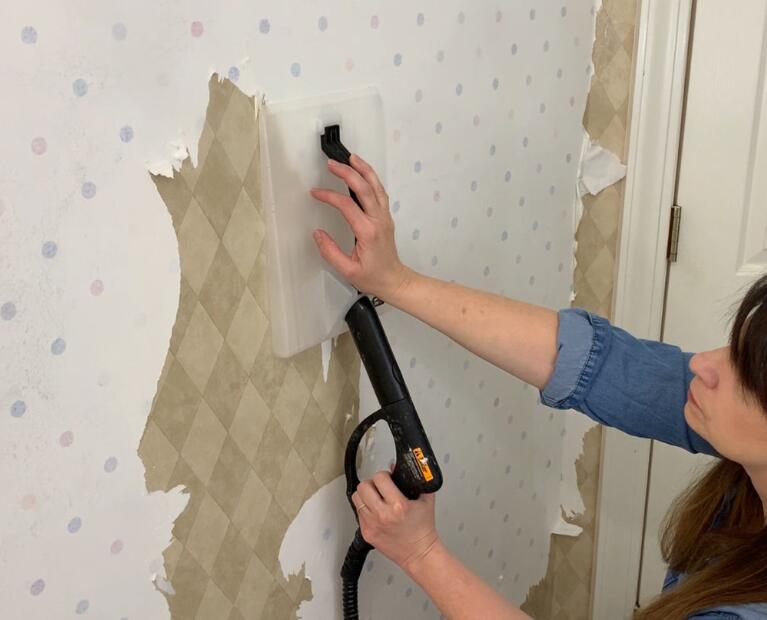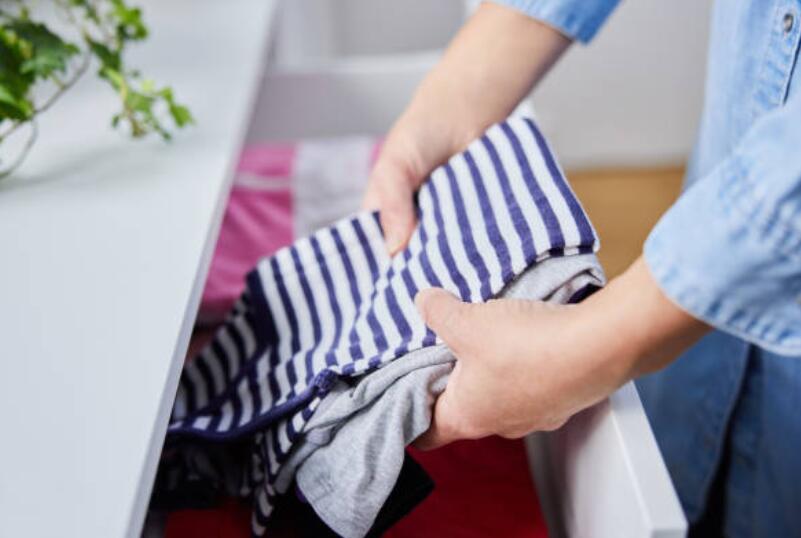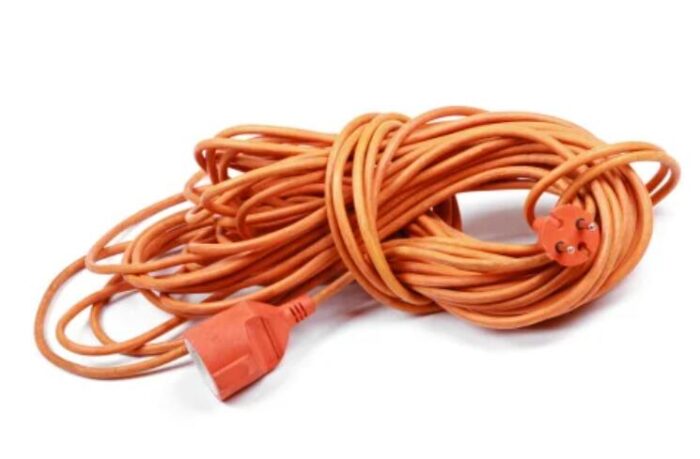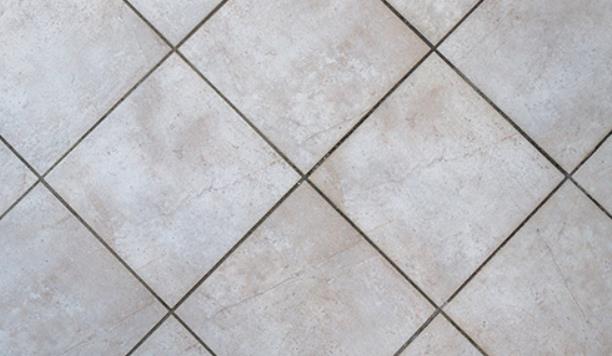A steam mop is a great way to clean your floors without using harsh chemicals. They are perfect for people with allergies or asthma and also great for getting rid of germs and bacteria.
However, there are 5 things you should never use steam mop on. This blog post will discuss the five things you should never use a steam mop on!
Unsealed wood floor
You can’t use a steam mop on an unsealed wood floor because the steam can damage the wood.
Unsealed wood is more likely to absorb water, which can cause the wood to swell and eventually warp. Moreover, the steam’s heat can cause the finish on unsealed wood floors to bubble or peel.
Steam mops use very hot water, which can cause the finish on unsealed wood floors to deteriorate. Finally, steam mops can leave behind streaks and smears, making it difficult to keep your floor looking clean.
So if you’re looking to keep your unsealed wood floor in tip-top shape, it’s best to stick to traditional mopping methods.
Wallpaper
The second thing that you should never use a steam mop on is wallpaper.
First, you’ll end up with soggy wallpaper. The moisture from the steam can cause the wallpaper to peel or bubble up. You’ll end up with wallpaper that’s full of holes. The steam can cause the wallpaper to rip or tear.
Even worse, You’ll probably end up taking the wall down with you. The steam can loosen the adhesive that holds the wallpaper in place, making it more likely to fall off the wall.
Delicate fabrics
Delicate fabrics are so delicate that even the slightest bit of heat or moisture can damage them.
Steam mops use very hot water, which can cause delicate fabrics to shrink, fade, or bleed. In addition, the steam from a steam mop can cause delicate fabrics to wrinkle. And the steam can cause delicate fabrics to shrink, discolor, or develop water spots.
Once again, The high temperatures and intense steam pressure can damage delicate fibers, leaving them looking frayed and worn.
So if you want to keep your delicate fabrics looking new, stick to vacuuming or spot cleaning. Your
Electrical cords
The fourth thing that you should never use a steam mop on is electrical cords. Using a steam mop on electrical cords is dangerous because the steam can cause the cords to short out.
What s worse; the steam can actually melt the insulation on the cords, exposing the wires and increasing the risk of electrical shock. This can not only damage your cord, but it can also be a fire hazard.
Grout
There are a few reasons you can’t steam mop your grout – and we’re not just talking about the physical impossibility of getting the steam mop into all those tiny nooks and crannies.
For one thing, steam mops use very hot water, damaging grout and making it more susceptible to staining. In addition, the steam from a steam mop can actually cause grout to expand and crack.
So, if you’re looking for a way to clean your grout, you’re better off using a good old-fashioned broom and dustpan. But if you’re looking for a way to relax after a long day of cleaning, we recommend putting your feet up and enjoying a nice cup of tea.
FAQs
Can I use a steam mop on sealed wood floors?
Yes, you can use a steam mop on sealed wood floors as long as you follow the manufacturer’s instructions carefully. Test a small area first to ensure that the sealant won’t be damaged by the water or heat.
What should I do if my floor gets wet after using a steam mop?
If your floor gets wet after using a steam mop, dry it off as soon as possible with a clean towel. If the water is left to sit, it can damage the flooring.
How long does it take for the water to heat up on a steam mop?
It usually takes around 30 seconds for the water to heat up on a steam mop. Once it’s heated, you can start cleaning your floors.
Conclusion
So there you have it! The five things that you should never use a steam mop on. Be sure to avoid these surfaces when using your steam mop to keep them looking their best.
Thanks for reading!

